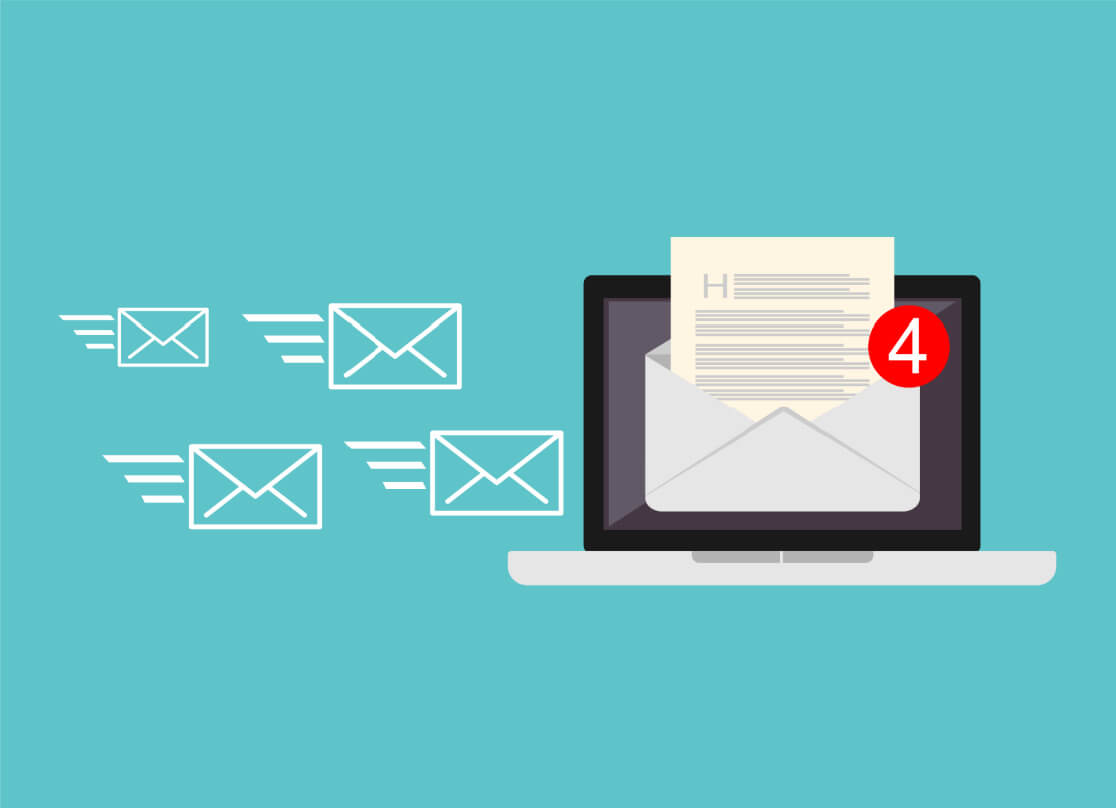
Email is a cornerstone of modern communication. However, with so many emails being sent and received every day, it’s becoming increasingly challenging to ensure that your emails don’t get lost in the noise. That’s where email deliverability comes in. In this article, we’ll explore what email deliverability is, why it’s important, and how you can improve it.
Introduction to Email Deliverability
Email deliverability refers to the ability of an email to reach its intended recipient’s inbox. When you send an email, it goes through a series of checks to determine whether it’s safe and legitimate. Email providers like Gmail, Yahoo, and Outlook use complex algorithms to evaluate emails and determine whether they should be delivered to the inbox, spam folder, or blocked entirely.
Email deliverability is an essential aspect of email marketing. If your emails aren’t reaching your subscribers’ inboxes, you’ll see a drop in open rates, click-through rates, and conversions. Moreover, if too many of your emails get marked as spam, it could damage your sender reputation, leading to even lower deliverability rates in the future.
You can be also interested in – https://marketamericanews.com/introduction-to-email-response-rates/.
Factors that Affect Email Deliverability
Several factors affect email deliverability. Here are some of the most important ones:
1. Sender Reputation
Your sender reputation is a score assigned to your domain by email providers. It’s based on factors like your email volume, the number of complaints, bounces, and spam traps. If your sender reputation is low, your emails are more likely to get filtered out as spam.
To maintain a good sender reputation, it’s essential to follow best practices for email deliverability, such as sending relevant and engaging content, keeping your subscriber list clean, and avoiding spammy tactics like using too many exclamation marks or all caps.
2. Email Content
The content of your email can also affect deliverability. Email providers use filters to scan for suspicious content, such as too many links, large images, or certain keywords commonly found in spam emails. If your email triggers these filters, it’s more likely to get flagged as spam.
To avoid this, make sure your email content is relevant, engaging, and personalized. Avoid using too many links or images, and be mindful of the words you use in your subject line and body copy.
3. Email Authentication
Email authentication is the process of verifying that an email is genuinely from the sender it claims to be from. Email providers use authentication protocols like SPF, DKIM, and DMARC to verify the authenticity of emails. If your emails fail authentication checks, they’re more likely to be marked as spam or blocked entirely.
To ensure that your emails pass authentication checks, make sure that your domain’s DNS records are set up correctly and that you’re using authentication protocols like SPF, DKIM, and DMARC.
Check our follow-up guide from Reply`s specialist https://reply.io/follow-up-guide/.




